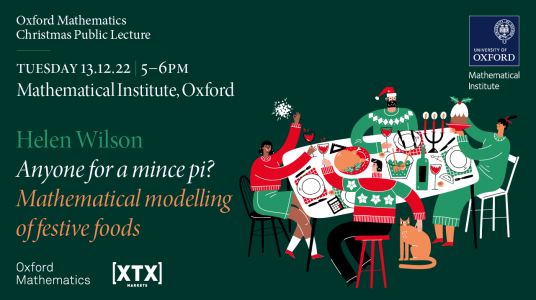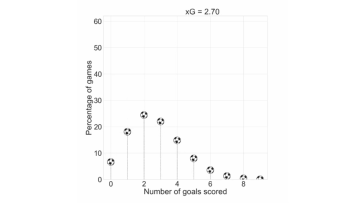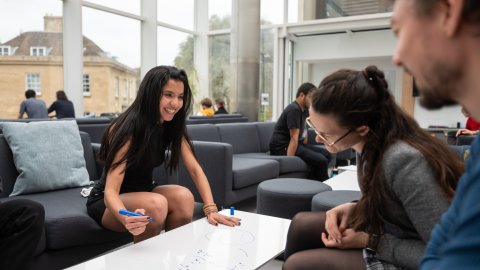17:00
Anyone for a mince pi? Mathematical modelling of festive foods - Helen Wilson
Oxford Mathematics Christmas Public Lecture
In this talk we'll look at a variety of delicious delights through a lens of fluid dynamics and mathematical modelling. From perfect roast potatoes to sweet sauces, mathematics gets everywhere!
Helen Wilson is Head of the Department of Mathematics at UCL. She is best known for her work on the chocolate fountain (which will feature in this lecture) but does do serious mathematical modelling as well.
Please email @email to register. The lecture will be followed by mince pies and drinks for all.
This lecture will be available on our Oxford Mathematics YouTube Channel at 5pm on 20th December.
The Oxford Mathematics Public Lectures are generously supported by XTX Markets.




